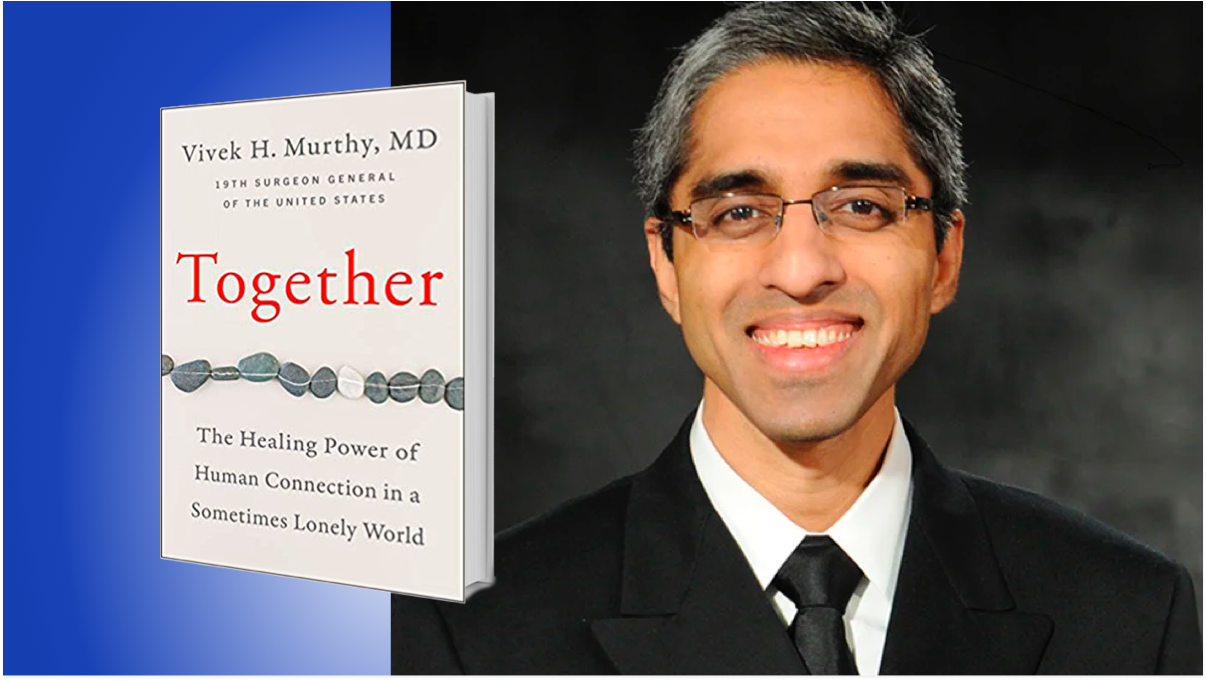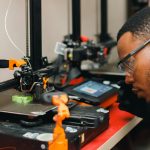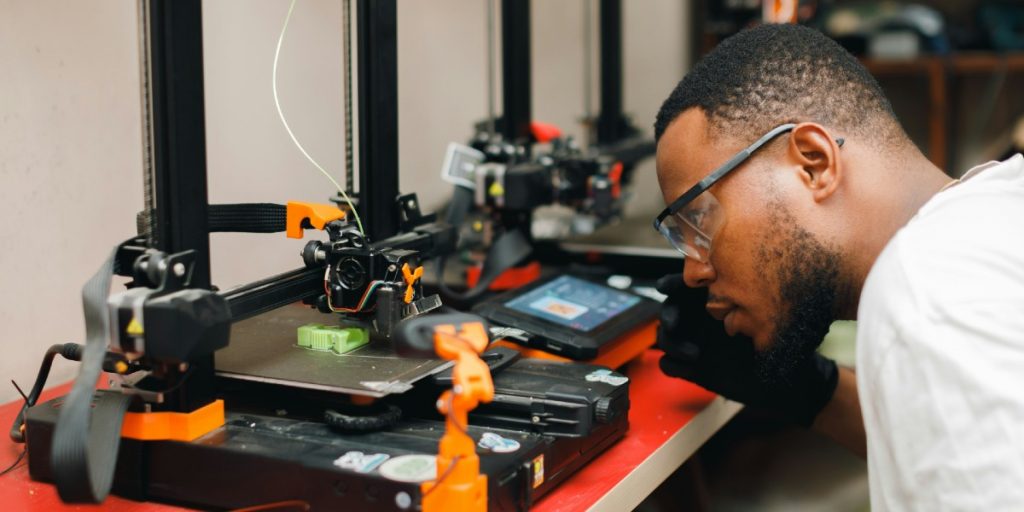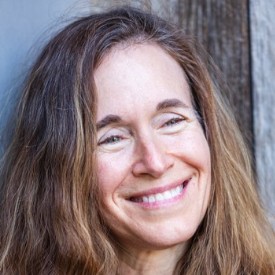Dr. Vivek H. Murthy served as the 19th Surgeon General of the United States, and is the bestselling author of Together: The Healing Power of Human Connection in a Sometimes Lonely World. As the Vice Admiral of the US Public Health Service Commissioned Corps, he commanded a uniformed service of 6,600 public health officers globally. An internal medicine physician and entrepreneur, Dr. Murthy has co-founded a number of organizations, including HIV/AIDS education program VISIONS, software company TrialNetworks, and Doctors for America.
Below, Vivek shares 5 key insights from his new book, Together: The Healing Power of Human Connection in a Sometimes Lonely World. Download the Next Big Idea App to enjoy more audio “Book Bites,” plus Ideas of the Day, ad-free podcast episodes, and more.
1. Loneliness is more common—and more consequential—than we think.
According to a 2018 report, 22% of all adults in the U.S. say they often or always feel lonely or socially isolated. That’s well over 55 million people, nearly double the number of people who have diabetes. And a growing body of research indicates that loneliness is associated with a greater risk of coronary heart disease, high blood pressure, stroke, dementia, depression, and anxiety. In fact, lacking social connection is associated with a reduction in lifespan equal to the risk of smoking 15 cigarettes a day.
2. The impact of technology on loneliness depends on how we use it.
On the one hand, social media can allow people, who are isolated due to disability or illness or because they belong to marginalized groups, to find communities with which to connect. Such platforms can make it easier stay in touch with old friends, too. On the other hand, social media can foster an unhealthy culture of online comparison. It can also keep us perpetually distracted, thereby threatening healthy moments of solitude and degrading the quality of time spent with family and friends.
3. Our connection to others begins with our connections to ourselves.
Connection to self is grounded in two elements: self-knowledge and self-compassion. To know ourselves better, we need to think about what we value and why we respond to the world and others as we do. The goal is to understand our natural instincts, feelings, and behaviors so that they inform our choices instead of colliding with them. Self-compassion forms a bridge between self-knowledge and self-acceptance. Loving-kindness toward oneself is the first path leading over that bridge.
4. When building connection, small steps make a big difference.
Here are two examples of steps we can take: First, spend at least 15 minutes each day communicating with someone you love. You could video conference with a friend or family member, call them on the phone, or simply write them a message saying you’re thinking of them. Second, make the time you do spend with people as distraction-free as possible. One of the greatest gifts we can give another human being is the gift of our full attention, which gives both parties the chance to be open and vulnerable.
5. Service is a powerful and unexpected antidote to loneliness.
As our loneliness deepens, we become more preoccupied with our own emotional safety and have little energy for others, which then only deepens our loneliness. Service is powerful because it shifts the focus from ourselves to someone else in the context of a positive experience, thereby breaking this vicious cycle. Helping others reminds us that we have value to add to other people’s lives, thereby strengthening our connection to ourself just as it does our connection to others.
For more Book Bites, download the Next Big Idea App today:
































